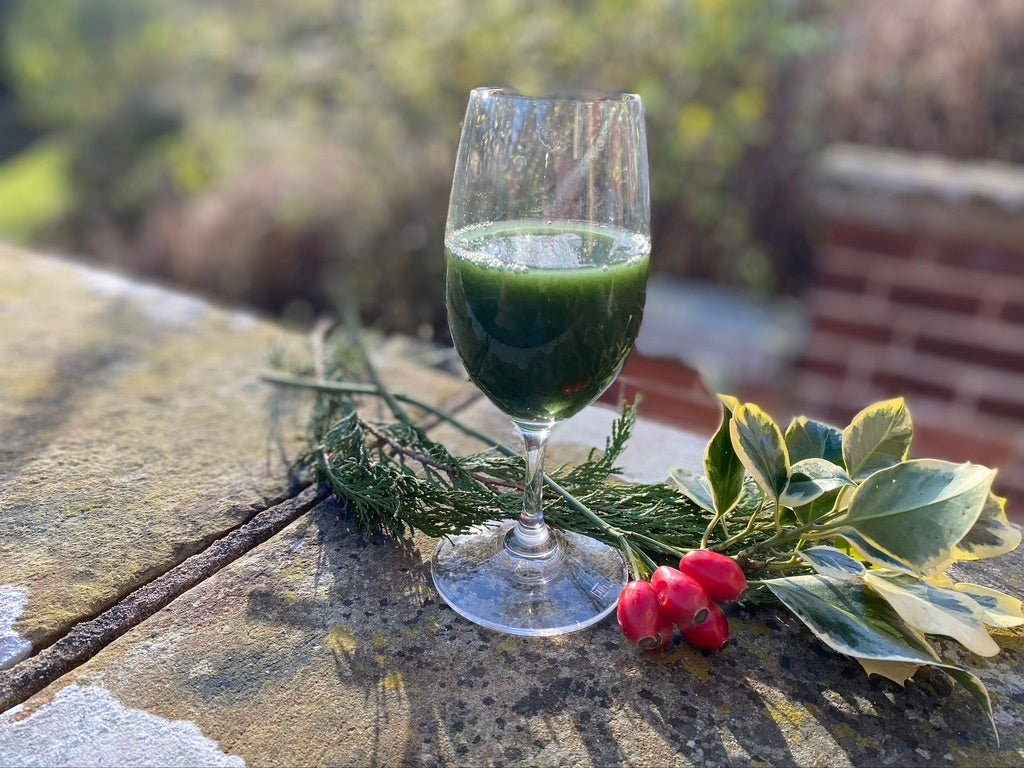
Green Blood Mystique: Unravelling the Enigma of Wheatgrass Juice
Share
In the pursuit of optimal health and wellness, many individuals turn to nature for inspiration. One such elixir is wheatgrass juice, appreciated for its potential health benefits. Often referred to as green blood, there are many parallels between this vibrant green liquid and the life-sustaining fluid that circulates through our veins – blood.
In this blog, we will explore the intriguing connection between wheatgrass juice and blood, delving into the nutritional components that make this comparison noteworthy.
The Green Elixir: Wheatgrass Juice
Wheatgrass is the young grass of the wheat plant, scientifically known as Triticum aestivum. When harvested at its peak nutritional content, typically 7-10 days after germination, wheatgrass is juiced to create a potent elixir. This juice is celebrated for its rich concentration of essential vitamins, minerals, antioxidants, and enzymes.
The Resemblance to Blood:
Chlorophyll Content:
One of the primary reasons for comparing wheatgrass juice to blood is its high chlorophyll content. Chlorophyll, the green pigment in plants, is often referred to as the "blood of plants" due to its structural similarity to haemoglobin, the red pigment in human blood. Both molecules share a similar ring structure, with the main difference being the central atom (magnesium in chlorophyll and iron in haemoglobin).
Oxygenation and Detoxification:
Haemoglobin in blood is responsible for carrying oxygen to cells throughout the body. Chlorophyll increases the number of red blood cells in our bodies, which then carry more oxygen around our bodies. Additionally, both substances are associated with detoxification processes, helping to eliminate harmful toxins and support overall well-being.
Nutrient Density:
Wheatgrass juice is a powerhouse of nutrients, including vitamins A, C, and E, as well as minerals like iron, magnesium, and calcium. This nutrient profile bears a resemblance to the diverse range of elements found in blood that contribute to various bodily functions.
pH Balance:
The pH of both blood and wheatgrass juice is 7.4, facilitating quick absorption into the bloodstream. This characteristic enables wheatgrass juice to carry high levels of oxygen, a powerful aid in restoring abnormalities. Notably, wheatgrass juice is often used in the treatment of blood disorders such as anemia and thalassemia.
Vitamin-Rich and Low-Calorie:
Wheatgrass juice is abundant in vitamins A, B5, B12, and E, making it a nutrient-rich addition to a healthy diet. With up to 70% chlorophyll, an essential blood builder, wheatgrass juice offers a low-calorie option that packs a nutritional punch.
To order your outdoor grown, organic ‘ Green Blood,’ simply visit our shop here today.

